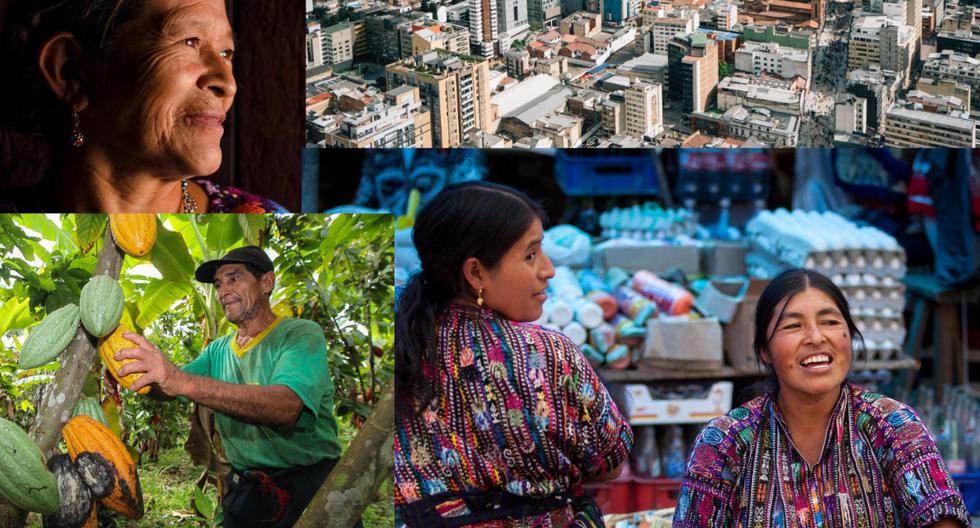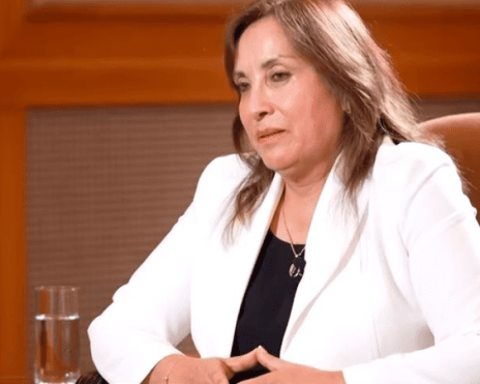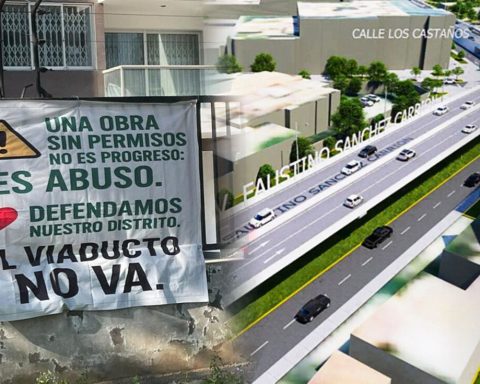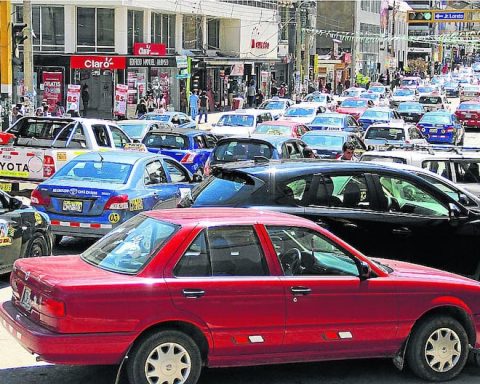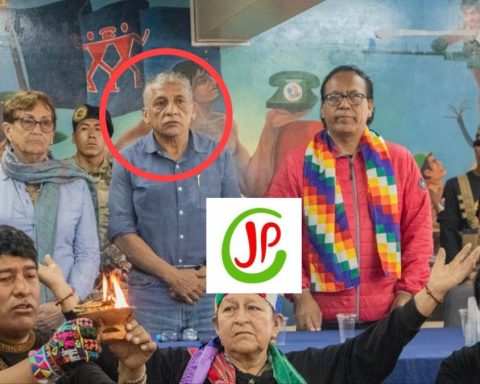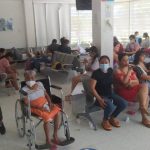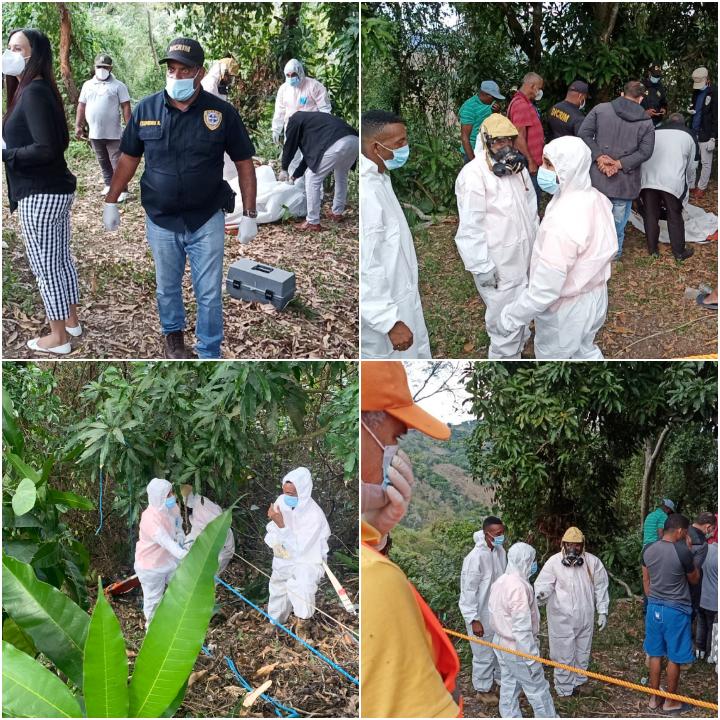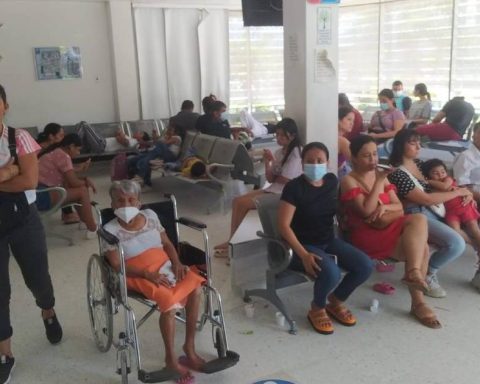The circular economy coalition of Latin America and the Caribbean has presented the report “Circular economy in Latin America and the Caribbean: a shared vision”. The document presents a perspective of what a circular economy should look like in the region with the intention of creating alignment and cooperation between countries, as well as serving as a guide for future projects.
The report is an important milestone for the Coalition that was launched in 2021. It aims to implement a circular economy approach through collaborative work between governments, companies and society as a whole. In the process of building this vision, dozens of government officials from the region were consulted, as well as a wide range of representatives from relevant international institutions, companies and the academic world to collectively imagine the future of the region based on a circular economy. to work on a larger scale.
LOOK: See what a phantom debt is and how it affects your credit history
“Having a common understanding of what circular economy is and how it should be in Latin America and the Caribbean is essential for companies and governments to make this transition. This inspiring vision will help all actors to cooperate, take advantage of all opportunities and drive a new wave of development based on a circular economy model that benefits society, business and the environment”, explained Luisa Santiago, Leader for Latin America, Ellen MacArthur Foundation.
“There is a strong relationship between the circular economy framework, our international climate commitments and economic recovery. The circular economy can help us reduce our carbon emissions and the impact on natural resources, as well as generate quality jobs. We see great potential for the region to implement the circular economy if we work together, and this vision presents the direction where all the countries in the region should look”, said Rolando Castro-Córdoba Vice Minister of Energy of the Ministry of Environment and Energy of the Costa Rica Republic.
According to the document, Latin America and the Caribbean must have a circular economy developed by and for the region that is adapted to its characteristics and challenges to foster a resilient recovery from the Covid-19 pandemic. The next era of development must move away from linear and extractive economic models that have caused massive environmental degradation. It is important that you focus on being inclusive of your people and taking advantage of their unique characteristics and cultures.
Some figures show the dimensions of the region’s problems and opportunities. In Latin America and the Caribbean, 127 million tons of food are lost and wasted every year (more than a third of what is produced), while approximately 47 million people suffer from hunger in both territories. When we look at the biodiversity of Latin America and the Caribbean, we see that it is one of the richest in the world, with 40% of the Earth’s biodiversity and 60% of the world’s terrestrial life. However, it has seen a 94% decline since 1975, greater than anywhere else in the world. In addition, the region has 9 of the 24 global deforestation fronts, which are mainly driven by agriculture, livestock, mining, transportation infrastructure, and fires.
The circular economy is based on three design-driven principles: eliminate waste and pollution, circulate products and materials to the highest level, and regenerate nature. This framework presents a way to provide long-term prosperity. At the same time, some of the biggest challenges facing our society, such as climate change and biodiversity loss, are addressed. Therefore, it is an opportunity for the region to position itself as a key player and become a leader in the global transition to a low-carbon economy aligned with the SDGs.
Now is the time to make this vision a reality with the help of all the actors. The coalition recognizes that it is impossible for any one of them to carry out a transition alone since everyone has a role to play: from companies (of all sizes) to governments and policy makers, citizens, customers and financial institutions. With the help of this vision, they will be able to understand their role, work collaboratively across borders and aspire to the same results.
:quality(75)/cloudfront-us-east-1.images.arcpublishing.com/elcomercio/CGXECQB3QVFCLB5BSOL6L6BWFM.jpeg)
The presentation of the document took place in an event open to the public, with the participation of representatives of the Strategic Partners of the Coalition, some ministers of the environment and members of the Steering Committee. The speakers presented the main aspects of the Vision and discussed the relevance of the document to promote cooperation and make the transition to a circular economy in the region.
“This shared vision of a circular economy for Latin America and the Caribbean recognizes the importance of harnessing biodiversity in the region and addressing social inclusion. Both aspects are very specific to the region and very necessary in a new era of economic development,” said Milagros de Camps, Deputy Minister of International Cooperation at the Ministry of Environment and Natural Resources of the Dominican Republic.
RECOMMENDED VIDEO:
:quality(75)/cdn.jwplayer.com/v2/media/WCHngS1X/poster.jpg)
